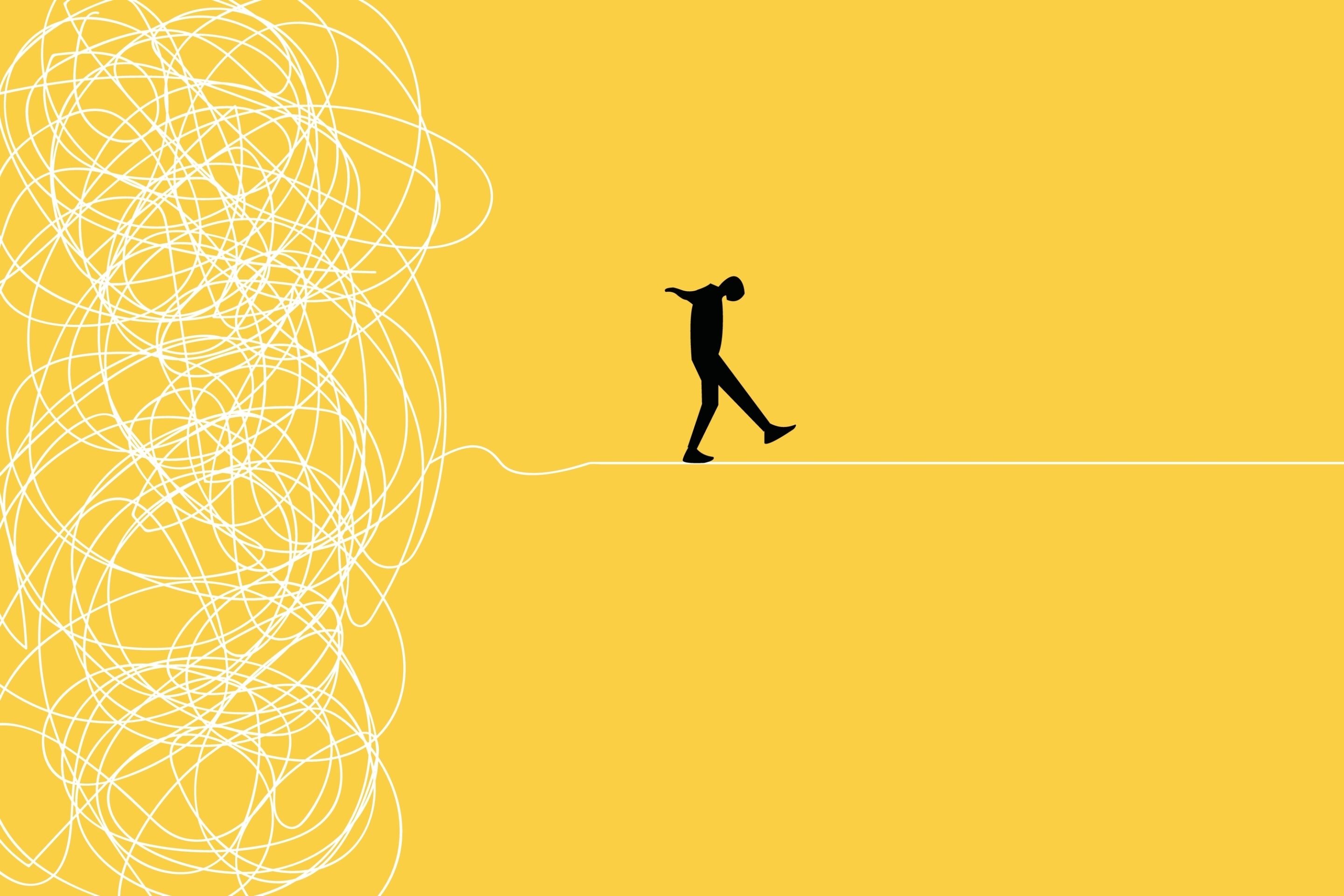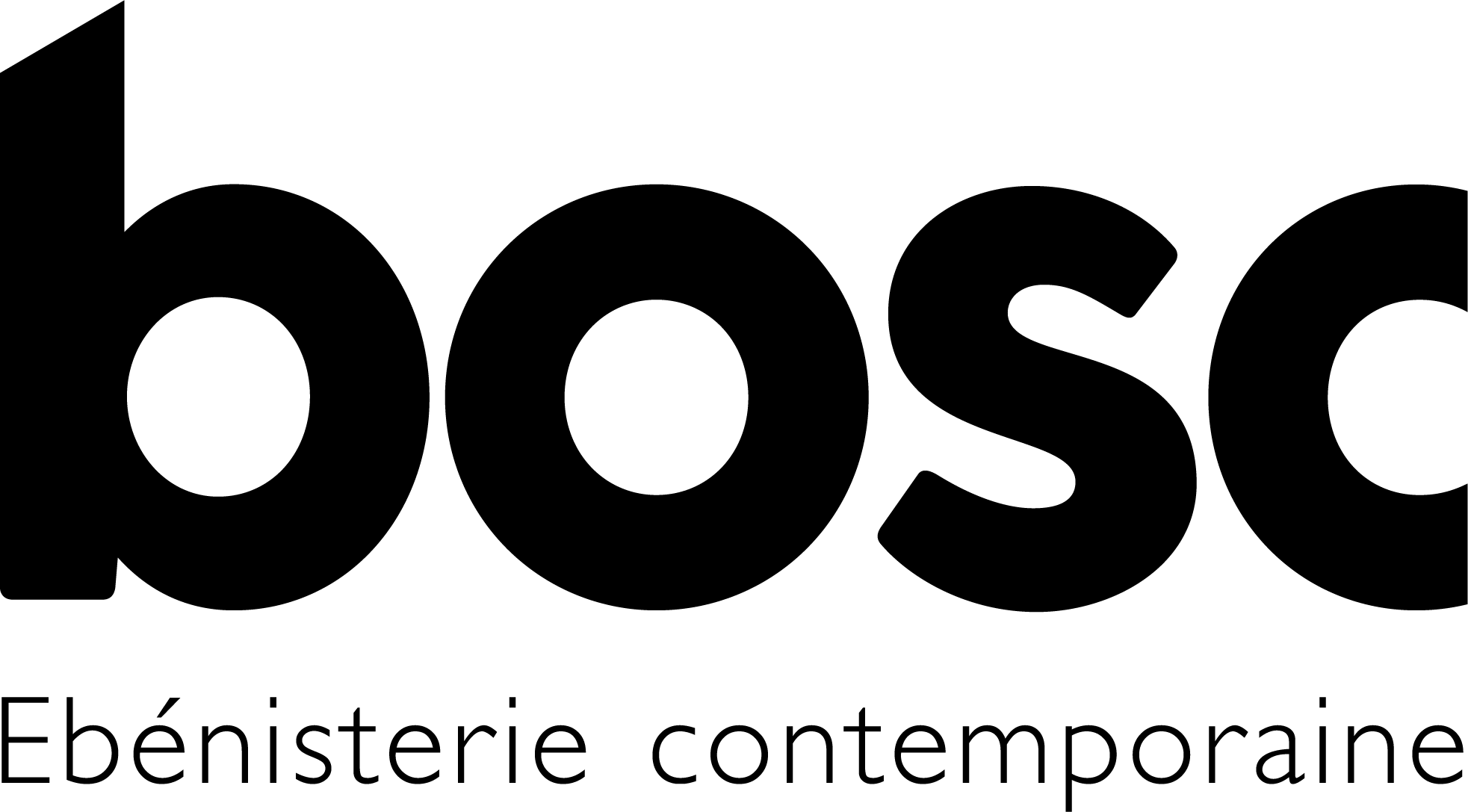Thinking against oneself: An ethic of dissent in the interior architecture of hospitality spaces
“You have to think against yourself”, said Gilles Deleuze, echoing Michel Foucault’s injunction. This motto is not limited to the abstract sphere of philosophy. Far more profoundly, it’s a method for combating the obvious, automatisms, mental routines – in short, anything that makes thinking lazy. So why not apply this posture to a field seemingly far removed from criticism: interior architecture? Why not make this injunction a guideline for designing hotels, restaurants and workspaces?

From normative comfort to critical aesthetics
At first glance, interior design and dissent don’t mix. The profession is partly shaped by the desire for comfort, well-being and suitability. In hotels, we seek soothing uniformity; in restaurants, the warmth of a “pleasant setting”; in offices, ergonomic efficiency. But this quest for comfort is often an elegant cover for a profound standardization of experience. The philosopher Theodor Adorno spoke of the “cultural industry” to designate this tendency to produce artistic or cultural forms that flatter rather than question the public’s expectations. In the same way, the interior design industry endlessly reproduces stereotyped codes, conditioned by briefs full of “catchwords”, and passes them off as creativity.
Here, thinking against oneself means resisting the temptation of formal, normative evidence. No longer seeing the user as a psychological given to be satisfied, but as a thinking being, capable of being surprised, destabilized and transformed by the space he passes through. To please is not to think, and to create a space that never destabilizes is sometimes to do without meaning. What if resisting one’s own creative habits perhaps consisted in refusing to repeat codes that work, but no longer say anything? Many architects don’t give in to commissions without questioning them. A client wants “a warm, modern hotel”? That’s fine. But what exactly are we talking about? How modern? What warmth? What if we proposed something else, something that would confront him with a different way of inhabiting space? In a world where the value of space is often reduced to its photogeny or ROI (return on investment), critical thinking becomes a luxury – but also a necessity. It allows us to reintroduce complexity, temporality and, why not, a little irony into places that are often too serious for their own good.

Critical thinking as the driving force behind the spatial project, hospitality as an act of gentle resistance
In the practice of interior design, this implies a process ofself-sabotage – in the best sense of the word. Be wary of your own tastes. Asking ourselves whether what we design is right, and not just efficient or beautiful. Far from the modernist dogma of “form follows function”, it’s a question of reviving an ethical conception of form: what that form does to those who experience it through radical devices: translucent walls, absence of conventional furniture, deliberately troubled relationships between interior and exterior. Places that don’t stroke you in the right direction, but that awaken you, even if it’s true that thinking against programmatic expectations to leave room for indeterminacy is a freedom that few clients offer interior architects.
Thinking against oneself in the architecture of hospitality does not mean refusing hospitality. Quite the contrary, in fact. It means redefining what it means to “welcome”. Not simply offering pleasant shelter, but proposing a singular, sensitive experience, a space that invites us to slow down, to become aware of place, to decentralize. In this context, designers like Ilse Crawford (Studioilse) work precisely on this boundary between comfort and disorder: her interiors have an imperfect beauty, a light that is sometimes too soft, an almost archaic materiality. She speaks of “emotional ergonomics”, an approach in which spatial design becomes an opportunity to explore our emotional relationship with the world – and not to run away from it. The notion of radical hospitality developed by anthropologist Michel Agier is echoed here: to welcome is to expose oneself to otherness. It means refusing the dissolution of every place into a globalized aesthetic. And perhaps this is the architect’s finest gesture: refusing to smooth everything over.

In office spaces: thinking against efficiency
In the workplace too, thinking against oneself means refusing the diktat of productivity at all costs. There’s nothing neutral about the open space. It is the heir to an ideology of gentle surveillance, where transparency becomes control (cf. Michel Foucault’s work in Surveiller et punir). Creating a space that allows withdrawal, withdrawal, non-interaction – this is not to go against work, it’s to think of a more human form of relationship to time and to others. Some agencies, such as Lagranja Design in Barcelona, or Jakob+MacFarlane, are experimenting with non-programmed zones in offices, fuzzy interstices that escape commercial logic. Simple yet radical gestures: a bench with no function, a staircase that becomes a lounge, an acoustic alcove at the back of an open space.
Design as embodied criticism
In a world dominated by “ambient design”, where Pinterest and Instagram dictate trends, thinking against yourself becomes an act of professional resistance. It’s about rejecting the ease of waxed concrete and blond wood, questioning the proliferation of hanging plants, interrogating the mania for spherical lighting fixtures. Not for the pleasure of provoking, but to rediscover a freedom of invention and narrative in space. For an interior designer, thinking against oneself may mean accepting that a restaurant doesn’t have to look like another restaurant. It’s about introducing discomfort, silence and emptiness. It means questioning the function, light, sound and even rhythm of the space.
What’s at stake here goes beyond mere aesthetics. It’s about making design a place for thought. Not by theorizing after the fact, but by embodying tensions in materials, in circulation, in light. By daring dissonance, silence and the unsaturated. Thinking against oneself means avoiding immediate adherence. It’s about creating a moment of friction that can open the door to a heightened awareness of place – and therefore of the world. Interior architecture can therefore be seen as a poetics of gentle resistance. It’s a way of fighting not against the customer or the user, but against the standardization of space. Thinking against oneself means thinking differently for others. And perhaps, in a world saturated with simulated comfort, this becomes the most authentic form of hospitality.
References
Gilles Deleuze, Foucault, 1986.
Michel Foucault, Surveiller et punir, 1975.
Theodor W. Adorno, Minima Moralia, 1951.
Michel Agier, L’Étranger qui vient: repenser l’hospitalité, 2018.
Matali Crasset, Le design comme attitude, various interviews.
Ilse Crawford, Sensual Home, 2000; Studioilse articles.
Critical writings on open space: Franck Cochoy, Le paradigme de la transparence.
